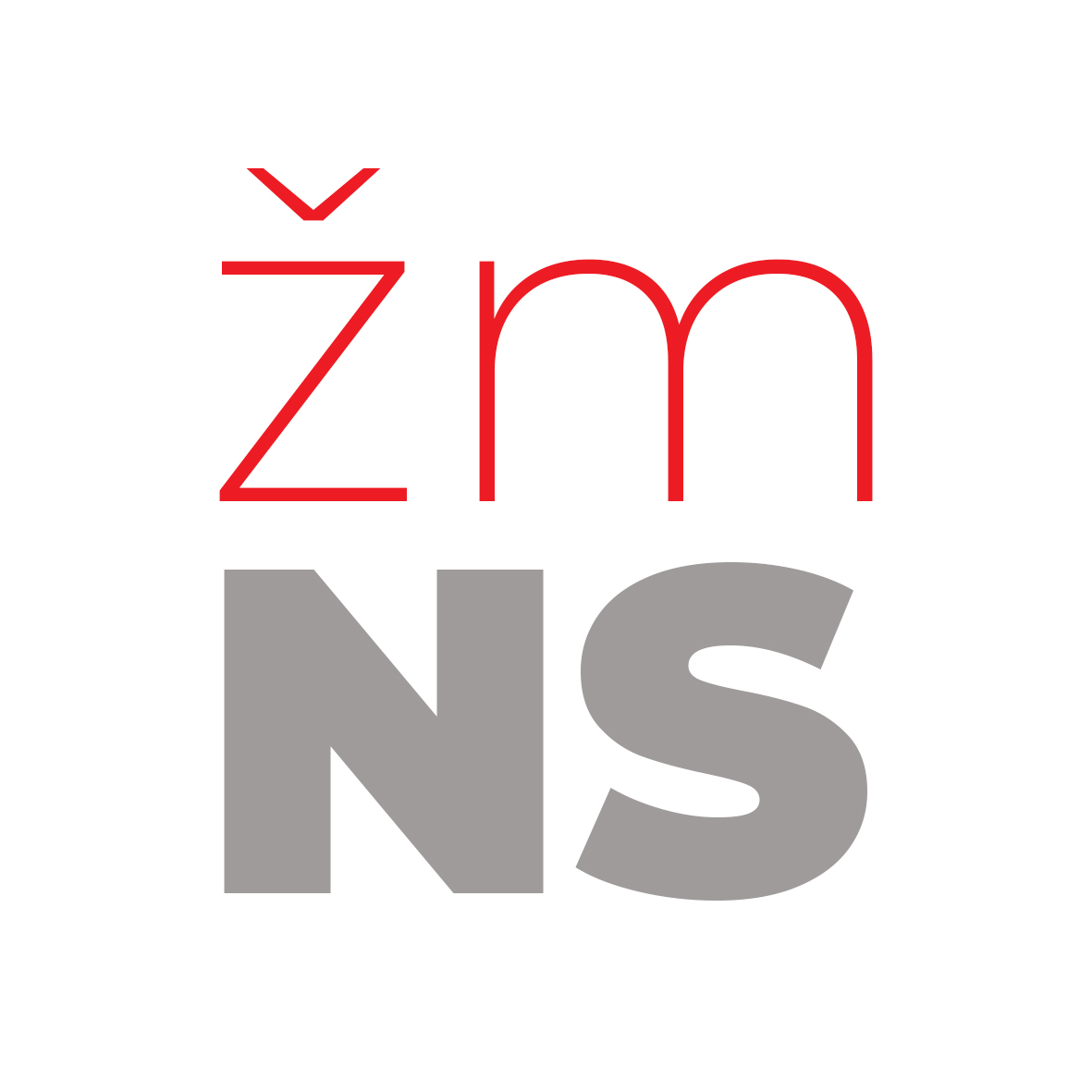NOVI SAD „SVILARA“ (OLD SILK FACTORY)
The first state-owned factory in Novi Sad, but also in the territory of the former Yugoslavia, is „Svilara“ in Novi Sad, which has been active for almost 250 years, under different names and in different locations. The history of silkworm breeding and sericulture in Novi Sad and Vojvodina begins with the arrival of Serbs in The Great Migration at the end of the 17th and the beginning of the 18th century and it lasted until the 1970s. That period can be observed through four different historical phases. The first period lasted until the Bombing of 1848/49. The second part covers the time until the First World War. The third is the interwar period, and the fourth covers the period of communism. Silkworm breeding in Bačka had its golden age in the periods of the middle of the 18th century-1838, and then from 1852 until 1857. Although neither silk thread nor silk cloth is made in that building today, the building is active and silk worthy art and culture programs are produced in it.
OLD AND NEW FACE OF THE COOKWARE/KUVARICE
The term „cookware/kuvarice“ („wall cloths“, „tapestry“, „wall hangings“) refers to hand-embroidered cloths located on the wall above the stove, kitchen table and sink. The construct “ cookware/kuvarica “ consists of a composite of unavoidable elements which define it: two-dimensionality, placement on the wall, canvas and thread for embroidery, embroidery and motif transfer techniques, stylized compositions, linear contours, motifs and symbols, short linguistic structures in the form of monologues. Their visual and lexical construct expresses certain social, religious, moral and aesthetic norms. The influence of “ cookware/kuvarice “ on socialization, building gender identity, integration of society, affirmation of values and transfer of cultural patterns from generation to generation, is based on the fact that the kitchen, in which they were displayed, occupied a central place for family gatherings.
The Position of Women in the Voluntary Fire Brigades of Novi Sad
Marija, Matilda, Josefina, Josipa, Ljubica… This paper presents an analysis of practices related to the status of women in the Novi Sad Fire Brigade, from its establishment in the 1970s to the early 21st century. It is based on the Novi Sad Fire Brigade’s collection of objects kept by the Voluntary Fire Service Organization and its published material. The work aims to point out the range of female participation in voluntary firefighting associations of Novi Sad. From ceremonial, fictitious, and genuine to leadership positions, which is the result of specific conditions set by social order, the discontinuity of the state and national organization, as well as the complex impact of industrialization, urbanization, and women’s emancipation.
„Multimedeja“ – Network of Women’s Initiatives
Project „Multimedeja“ ‒ A network of women’s initiatives was created in 1995 with the purpose of gathering and affirming the action of women in the city, in various artistic, theoretical, and political domains. The project was initiated by professors of the Faculty of Philosophy in Novi Sad ‒ Vladislava Felbabov, Svenka Savić, Vladislava Gordić, and Svetlana Tomin and journalist Marija Gajicki. Interdisciplinary and multimedia activities of the network of women’s initiatives Multimedeja took place on public forums, lectures on women’s studies, musical stage presentations, workshops, and an art program. The main intention of this initiative was to change the previous understandings about the importance and role of women in our cultural environment, and to increase their visibility and enable their mutual connection. During the summer of 1996, the idea of the project of the network of women’s initiatives “Multimedeja” was conceived within the program of the Association „Apostrof“, as one of the alternative city programs whose main sponsor was the Open Society Fund – Yugoslavia. During its work, “Multimedeja”, among other activities, organized lectures by Vladislava Felbabov, Svetlana Tomin, Aleksandra Vrebalov, Marijana Perišić Tabakov, Vladislava Gordić Petković, Vesna Krmpotić… It also held promotions of the poetry collection “False Presentation of Jasna Manjulov” and the women’s magazines Profemina and Women’s Studies. Additionally, it presented the women’s publishing house Devedesetčevrta and the work of the Center for Anti-War Action from Ada, the Center for Women „Isidora“ from Pančevo, and the Autonomous Women’s Center from Belgrade, as well as “DAH TEATRA” from Belgrade. During 1996 and 1997, the flexible and open concept of the project led to the formation of two independent projects. In their first phase, they were conceived within the framework of this project. The International Video Summit of VideoMedeja (1996-1998), an independent project led by Vera Kopicl, arose from the art program of Multimedea. In 1997, the Center for Women’s Studies and Research was formed, which grew into an independent project led by Svenka Savić and collaborators.
